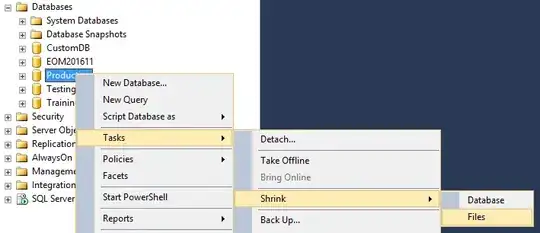Environment:
We currently are using Ubiquity AC Long Range access points in a reinforced concrete building and the average wall thickness is 1 foot (30cm) on external walls, internal walls vary from a foot to 4 inches (10cm). We have a large amount of people in this specific area below.
Issue:
We have an area which is having major Wi-Fi issues. This area is surrounded by concrete pillars and has 4 access points in its vicinity. Please see below image: (Blue dots are APs and the area is circled in red. The red X almost has no wi-fi connection.)

The main issue that happens is that when sitting in the red area, your device sometimes looses connection for a split second and the call you are on (Wi-Fi call) drops.
Solutions:
So far I have tried setting different channels on each AP although it did not solve the issue. I am considering putting (or moving) an access point into the center of the red area although it would require chasing of ceilings, etc.
Is there a better way this could be laid out or is there any tips for setting channels or other advanced AP settings?